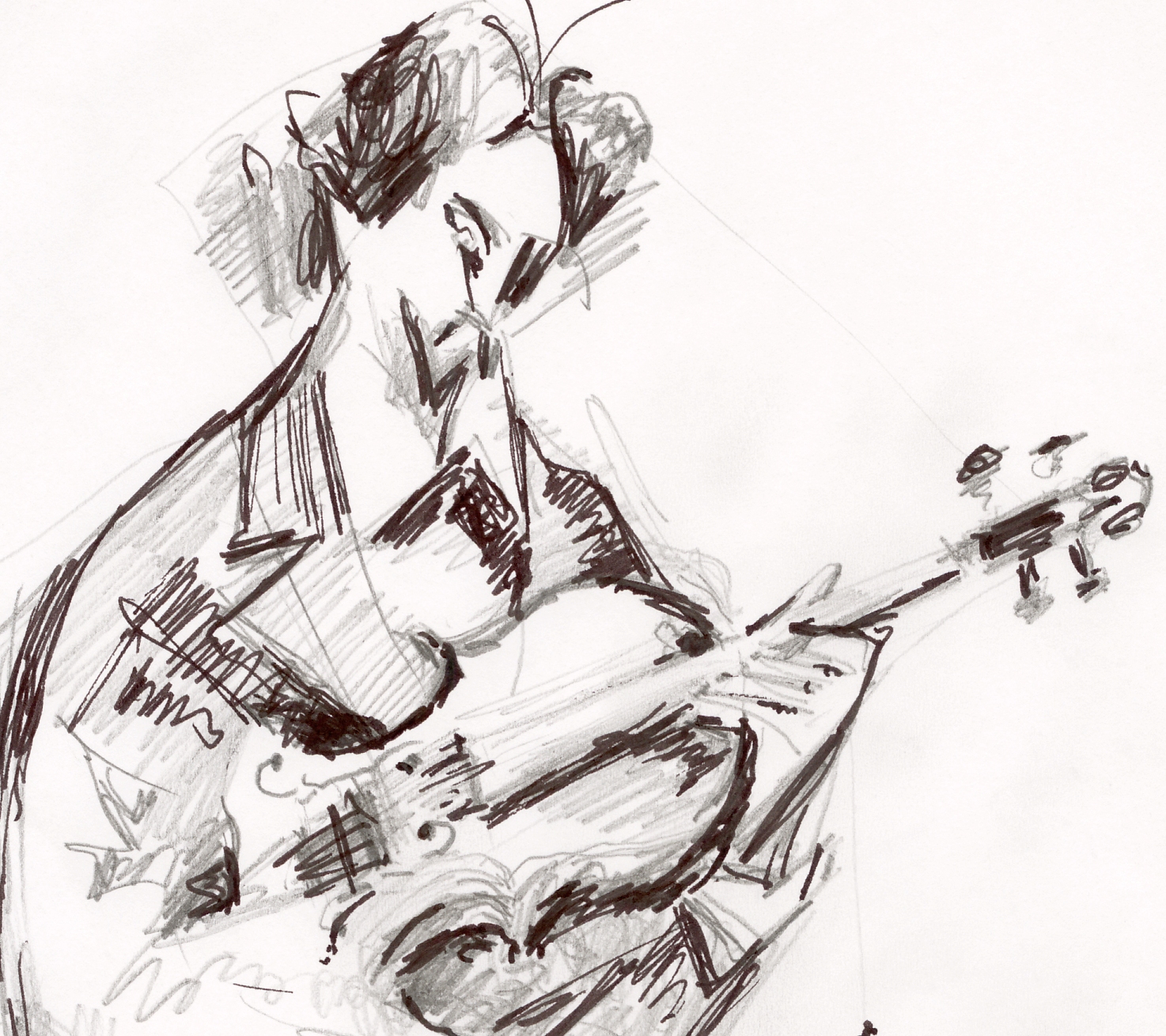 All of us interested in improvising in the jazz idiom need mental tools of simplifying jazz harmony. The concept I would like to discuss in this article, which I think can help in understanding harmony and chord substitutions, is that of the three diminished families. But before we examine the three diminished families let me put our discussion into context.
All of us interested in improvising in the jazz idiom need mental tools of simplifying jazz harmony. The concept I would like to discuss in this article, which I think can help in understanding harmony and chord substitutions, is that of the three diminished families. But before we examine the three diminished families let me put our discussion into context.
When we zoom out of western harmony we can generally detect 2 areas: The area of harmonic tension and the area of harmonic release. Generally speaking, harmonic tension is represented by dominant chords very often joined by minor 7th chords (Gm7-C7, Gm7b5-C7#9,) while harmonic release is represented by major 7th or 6th type chords (Cmaj7, Cmmaj7 Cm6,).
Jazz musicians have enjoyed using the diminished sound as a substitute for the dominant 7th chords (tension areas) due to its property of carrying the necessary amount of inherent tension. The 2 tritone intervals that exist in the diminished arpeggio represent the backbone of harmonic tension in our western tonal harmony system and constitute a powerful tool in improvisation.
It’s worth noticing that the minor third interval -the basic building block of the diminished sound- fails to convey the major sound quality which is defined by a major third interval. However, the diminished sound can be used effectively in order to lead into major chords, implying the 5 of a major chord. This creates nice movement in our lines, an idea jazz guitarist Joe Pass discusses in his 1991 ‘Jazz Lines’ video lesson.
So, the diminished sound can satisfactorily convey the minor and dominant sound qualities and that’s why it is very often used on the 2-5 area of a 2-5-1 progression. Here is the idea:
1st DIMINISHED FAMILY
The first diminished family is defined by the diminished arpeggio: G, Bb, C#, E (Tritones: G-C# and Bb-E) And the equivalent diminished scale which is basically formed by chromatically approaching each of the diminished arpeggio notes: F#-G-A-Bb-C-C#-Eb-E The diminished arpeggio and the equivalent diminished scale relate with these minor chords: Gm, Bbm, C#m, Em We can convey these minor chord qualities satisfactorily by playing the above diminished arpeggio from the root of these chords. When we do that we provide the root, the minor third, the flat 5th and the 6th (all of them nice and valid) The diminished arpeggio and the equivalent diminished scale also relate with these dominant chords: C7, Εb7, F#7, A7 We can convey these dominant chord qualities by playing that same diminished arpeggio one half step above the root of these chords. When we do that we provide the flat 9, the major third, the fifth and the flat 7 of every chord (all of them nice and valid). So, no wonder we come across these 2-5 progressions in jazz: Gm7 C7 Bbm7 Eb7 C#m7 F#7 Em7 A7See these 5-1s as belonging to the same family. When we conceptualize these 5-1s as a family we can immediately see why substituting Bbm7-Eb7 for Gm7-C7 works (jazz theorists call this backdoor substitution-the idea of using a 2-5 a minor third above your original 5-1) and why substituting C#m7-F#7 for Gm7-C7 also works (the famous tritone substitution-the idea of using a 2-5 a tritone away from your original 5-1).
The point is that we can convey the harmony of these 2-5s just by using the four notes of the same diminished arpeggio. This is a great starting point for improvising. Try to apply rhythmic patterns on just these four notes and I am sure you’ll see the interesting ideas you can come up with. If we now choose to use the equivalent scale then we skyrocket our potential, since a treasure of melodic material lies within the diminished scale. Check this yourself on your instrument.
If we approach the tension areas of a new tune using this approach we narrow our choices of melodic material on harmonic tension areas down to three. And this is true not only for strictly diminished lines. Take the popular Cry Me a River lick, a melodic fragment that all great jazz players have incorporated into their playing:

Strictly speaking you wouldn’t call this a diminished line right? But the last 3 notes of the phrase do belong to the diminished scale of our first Diminished Family, so you could actually treat it as melodic material belonging to the first diminished family, as the G minor chord also indicates. Of course, you can expand this idea further by organizing melodic ideas you already know based on their resemblance to one of the three diminished families.
Jazz saxophonist Michael Brecker was a master of the diminished tool. If we master the diminished concept and go beyond than just going up and down the scale, not even experienced ears will be able to understand our mental source of improvisational ideas. Thinking diminished does not necessarily mean sounding diminished! What we are doing is setting up a mental framework.
So, here are the other two Diminished families:
2nd DIMINISHED FAMILY
The second diminished family is defined by the diminished arpeggio: Ab, B, D, F (Tritones: G#-D and B-F) And the equivalent diminished scale: G-Ab-Bb-B-C#-D-E-F The diminished arpeggio and the equivalent diminished scale relate with these minor chords: Abm, Bm, Dm, Fm …and these dominant chords: Db7, E7, G7, Bb7 And these are the 2-5 progressions that are formed: Abm7 Db7 Bm7 E7 Dm7 G7 Fm7 Bb73rd DIMINISHED FAMILY
The third diminished family is defined by the diminished arpeggio: A, C, Eb, F# (Tritones: A-Eb and C-F#) And the equivalent diminished scale: G#-A-B-C-D-Eb-F-F# The diminished arpeggio and the equivalent diminished scale relate with these minor chords: Am, Cm, Ebm, F#m …and these dominant chords: D7, F7, Ab7, B7 And these are the 2-5 progressions that are formed: Am7 D7 Cm7 F7 Ebm7 Ab7 Fm#7 B7Remember that this is just one mental tool of simplification. There are other great tools like visualization, especially interesting for us fiddlers since our in instruments are symmetrically tuned in fifths. We will discuss the power of visualization in another article. Don’t neglect to play back up tracks when experimenting. Good luck and let me know what you think!
If you found this post helpful and inspiring, the smallest contribution will encourage the author to continue writing and sharing his ideas.